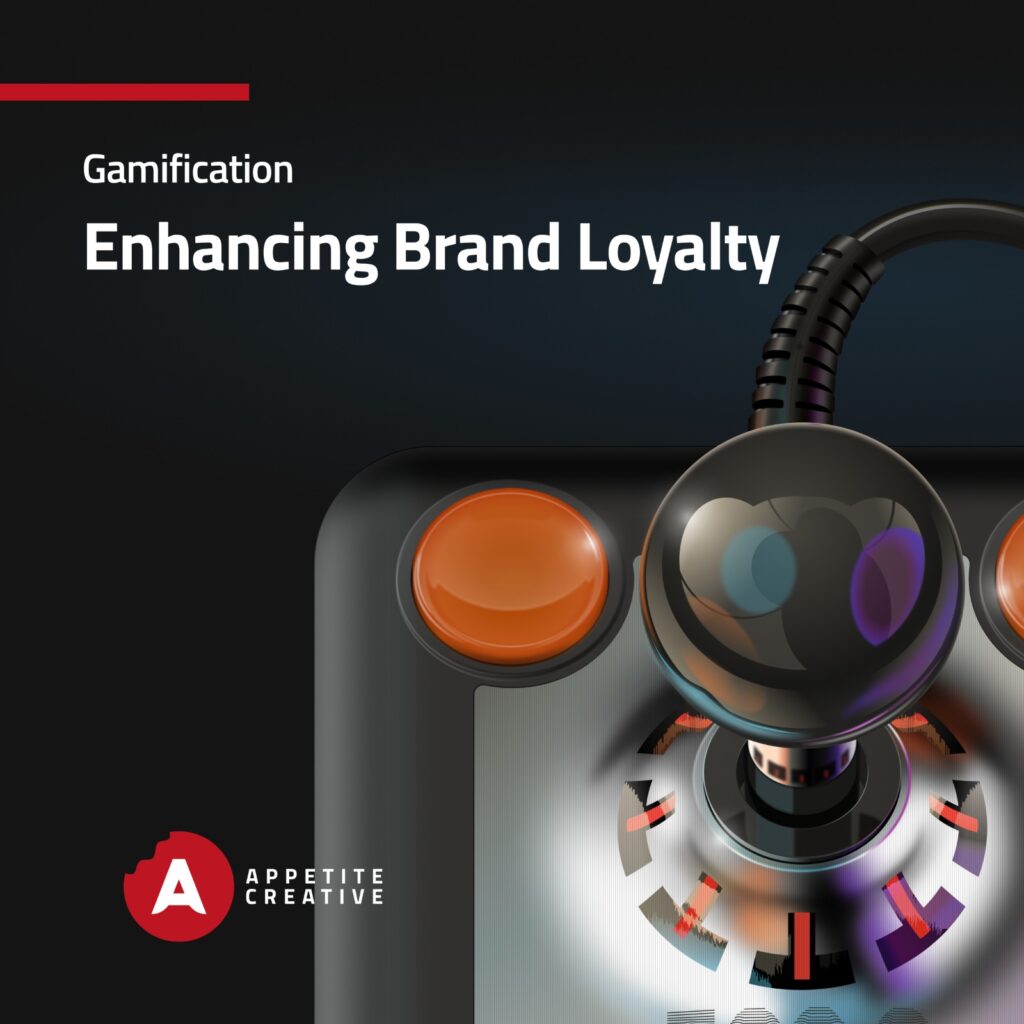
In the dynamic landscape of marketing, where consumer attention is a prized commodity, brands are constantly seeking innovative ways to engage their audience. Gamified marketing strategies have emerged as a powerful tool to not only capture attention but also foster brand loyalty. This article explores the impact of gamified marketing campaigns on brand loyalty, delving into techniques for engaging customers through gamification and the long-term benefits of interactive campaigns for brands.
1. Gamified Marketing Strategies:
Gamification involves incorporating game elements, such as competition, challenges, and rewards, into non-game contexts. In the realm of marketing, this translates to creating interactive and enjoyable experiences for consumers. Brands are increasingly adopting gamified marketing strategies to break through the noise, capture attention, and create a lasting impression on their audience.
2. Brand Loyalty Techniques:
Building brand loyalty requires more than just offering quality products or services; it demands a connection with the consumer. Gamified marketing provides a unique avenue for brands to forge this connection. By implementing techniques like loyalty programs, points systems, and interactive challenges, brands can incentivize customer engagement and reward loyalty. These techniques go beyond transactional relationships, creating an emotional bond with the brand.
3. Engaging Customers through Gamification:
One of the key strengths of gamified marketing is its ability to make the brand experience enjoyable and memorable. Whether through mobile apps, social media campaigns, or in-store experiences, brands can captivate customers by turning mundane interactions into exciting, game-like experiences. This engagement not only holds the consumer’s attention but also increases the likelihood of them returning for more.
4. Impact of Gamification on Brand Loyalty:
The impact of gamification on brand loyalty is profound. When customers are actively involved in a gamified marketing campaign, they are more likely to feel a sense of ownership and connection to the brand. The positive experiences associated with gamification create a lasting impression, leading to increased brand recall and a higher probability of repeat business. The emotional connection formed through gamified interactions contributes significantly to sustained brand loyalty.
5. Retaining Customers with Gamified Marketing:
Retention is a crucial aspect of brand success, and gamified marketing proves to be a valuable tool for customer retention. By continuously providing fresh and engaging gamified content, brands can keep their audience entertained and loyal. Retaining customers through gamified marketing involves not only creating exciting challenges but also adapting strategies based on customer feedback, ensuring an evolving and relevant experience.
6. Interactive Campaigns for Brands:
Interactive campaigns are the heartbeat of gamified marketing. Brands that embrace interactive elements, such as quizzes, contests, and virtual challenges, create an environment where customers actively participate rather than passively consume. These campaigns not only enhance brand visibility but also allow brands to gather valuable insights into consumer preferences, enabling them to tailor future offerings.
As the marketing landscape evolves, gamified marketing campaigns stand out as a potent force for enhancing brand loyalty. Brands that invest in engaging customers through gamification are not only creating enjoyable experiences but also fostering lasting connections. The impact of gamification on brand loyalty is a testament to the effectiveness of interactive and enjoyable marketing strategies in building relationships that endure beyond individual transactions. In a world where consumers seek meaningful connections, gamified marketing has proven to be a winning strategy for brands aiming to capture hearts and secure long-term loyalty.
